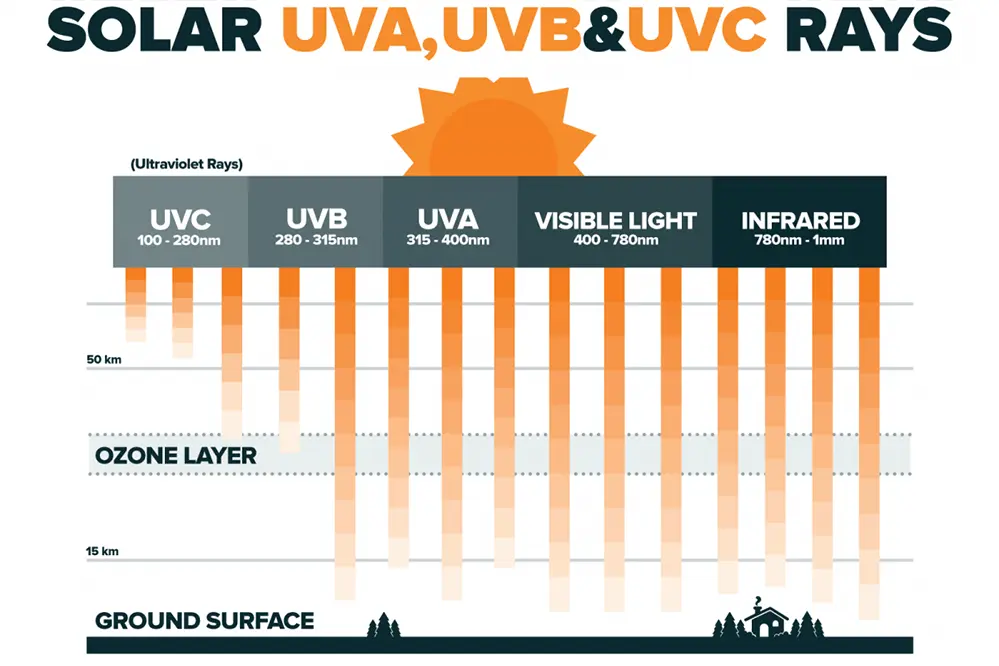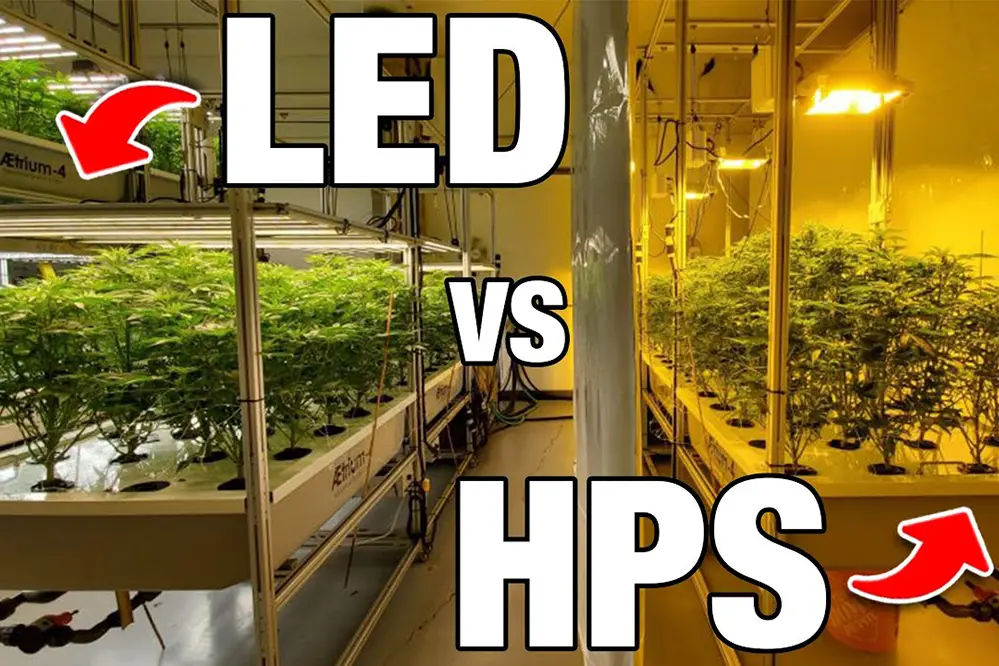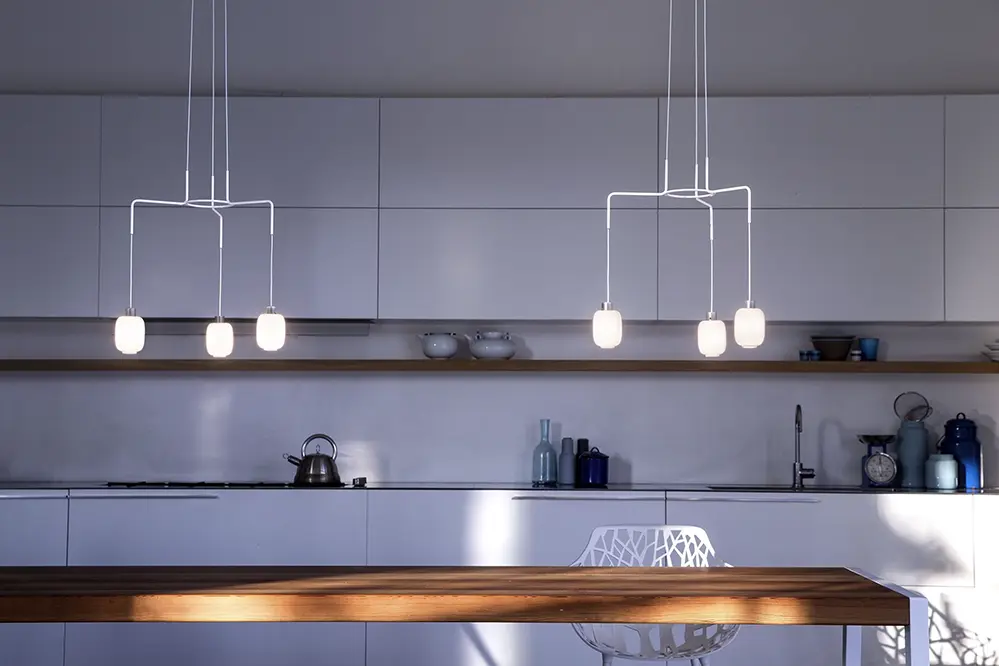Is it safe to power on LED strips while they are in reels? This question often sparks curiosity and concern among DIY enthusiasts and professionals alike. Many assume that LED strips can be powered on without any issues, but this misconception can lead to overheating and damage. Understanding the common challenges associated with powering LED strips in reels is vital for ensuring safety and efficiency.
The benefits of properly powering LED strips are numerous, from extending their lifespan to enhancing their brightness and color consistency. By addressing these concerns, you can unlock the full potential of your LED projects. This article will explore key points such as the risks of overheating, the importance of proper ventilation, and the best practices for safe usage.
As you read on, you’ll discover practical tips and expert advice that will empower you to handle LED strips with confidence. Dive into this comprehensive guide to learn how to safely power on LED strips while they are in reels, ensuring your lighting projects shine brightly and safely.
Understanding LED Strips in Reels
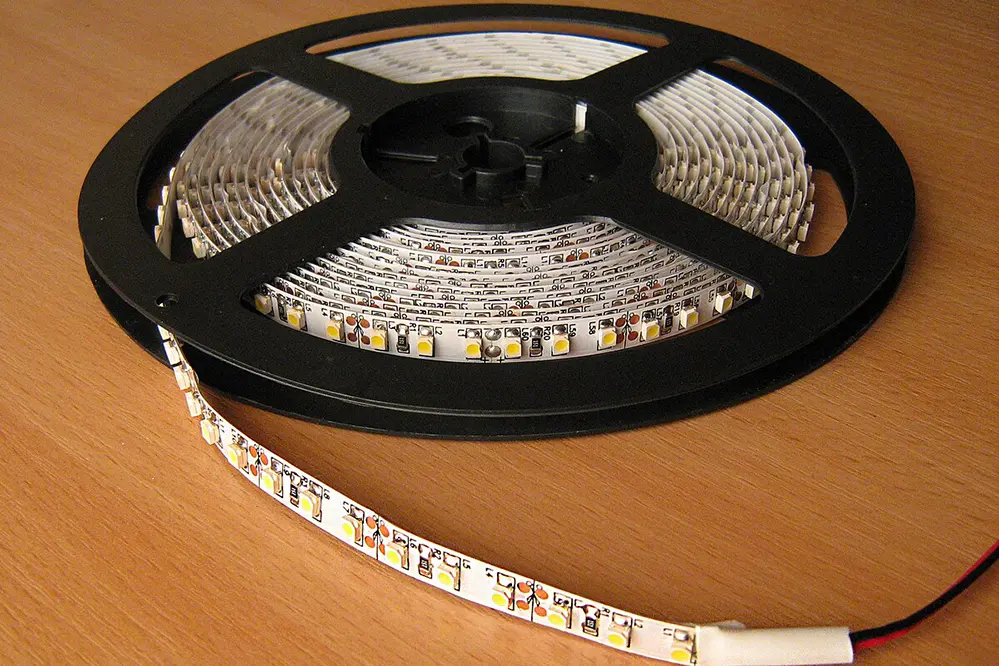
LED strips, beloved for their versatility and aesthetic appeal, are commonly packaged in reels for convenient transportation and storage. These reels are purposefully designed to protect the strips from physical damage and tangling, ensuring that installation is as smooth as possible.
The compact nature of reels allows for efficient use of space, both in transportation and storage.
These tightly wound strips may seem delicate, but they are robust (particularly when appropriately powered) and dependable.
It is essential to recognize the inherent risks associated with incorrectly powering LED strips while they are still rolled, potentially leading to overheating or erroneous connections.
By understanding the correct handling and powering techniques of LED strips in reels, one can maintain their integrity, allowing them to function optimally and provide the ambiance they were designed for while preserving their lifespan and efficacy.
Ultimately, the key to success lies in preparation and caution. Ensuring proper ventilation, accurately gauged voltage, and careful unspooling can lead to remarkable lighting setups that fulfill all creative aspirations.
Risks of Powering LED Strips in Reels
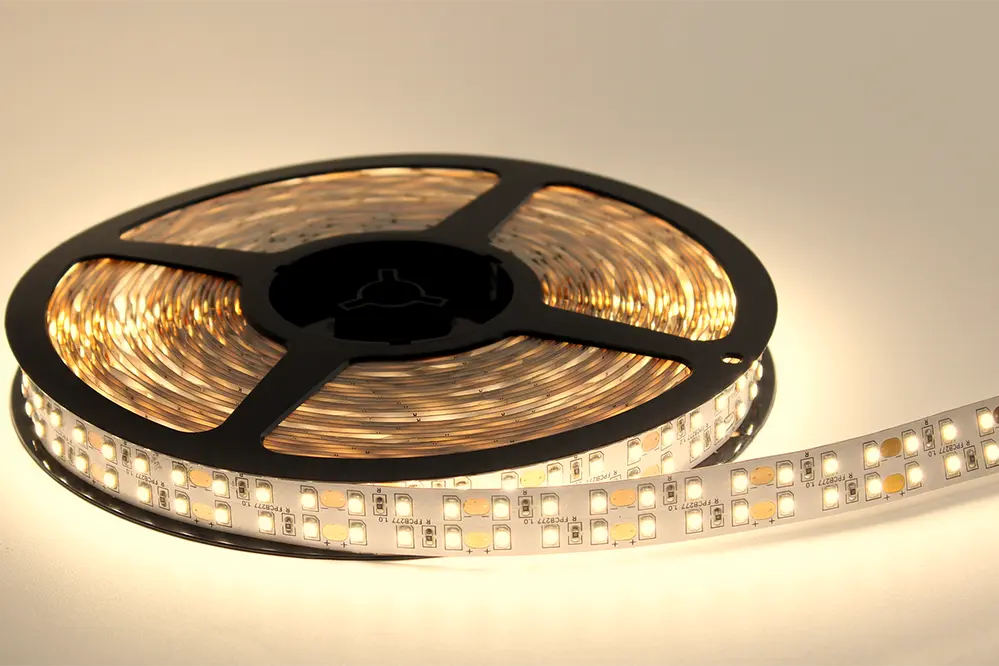
Powering LED strips while still rolled in their reels poses a multifaceted array of challenges and risks, chiefly overheating, a common issue that could compromise both safety and performance.
The compact form of these reels increases the risk of accumulated heat.
Consequently, inadequate heat dissipation can result in internal damage, decreasing the lifespan of the LEDs.
Moreover, excessive wattage might strain the strip’s electrical components, potentially leading to burnt-out sections.
This not only affects the strip’s functionality but also necessitates costly replacements, emphasizing the need for cautious handling to avoid such disruptions.
Therefore, never underestimate the value of understanding a strip’s heat tolerance. Proper ventilation, usage of compatible power supplies, and an environment conducive to heat dispersion can transform potential pitfalls into triumphs.
Preparing LED Strips for Power
To ensure a successful and safe lighting experience, mindful preparation of LED strips is paramount. Before powering on LED strips while they are in reels, understanding the key preparatory steps can set the stage for flawless execution and brilliant illumination.
Begin by carefully inspecting each LED strip for signs of wear or damage. This preliminary check is essential for identifying any compromised areas that could amplify risk when power is introduced. Look for breaks, frays, or discolorations that might suggest potential operational challenges.
Furthermore, consulting the manufacturer’s guidelines on power requirements is indispensable. These detailed instructions provide the necessary voltage and current specifications, ensuring compatibility with your power supply. Following these guidelines can avert overloading scenarios, thereby upholding the performance and longevity of your LED strips.
Once evaluation is complete, consider testing a small section of the strip. This can be a useful technique to confirm function under controlled conditions, offering reassurance before committing to a full power-on within reels. A successful test run can boost confidence and set a positive precedent for your project.
With careful preparation and strategic checks, your pathway to activating LED strips becomes a beacon of safety and success. Embrace this opportunity to illuminate your space!
Choosing the Right Power Supply
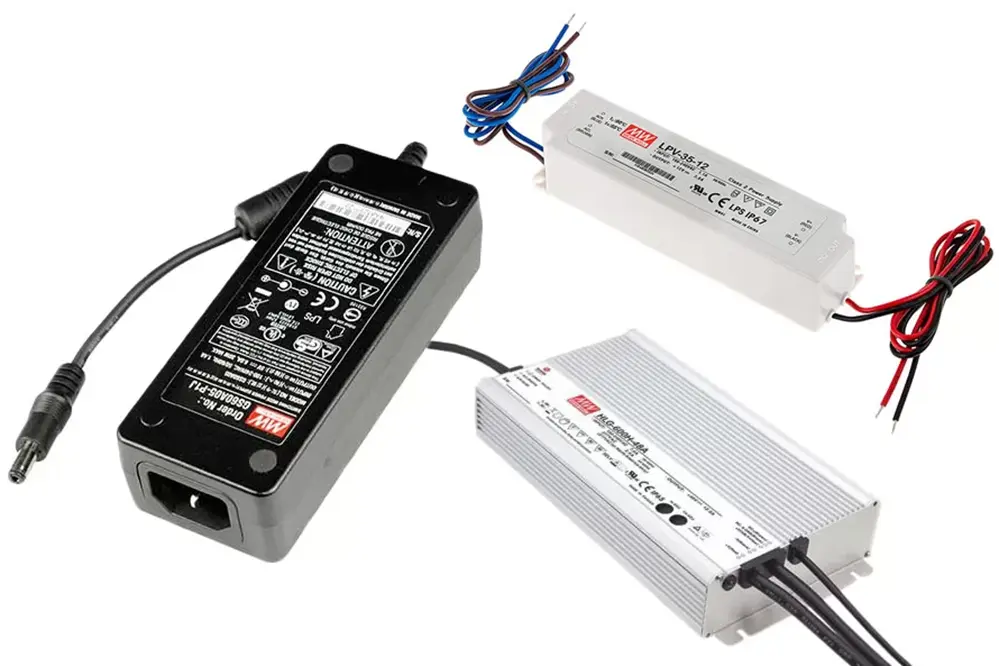
Select a suitable power source for LED strips.
The process begins with determining the total wattage. This allows you to find the power requirements by multiplying the LED strip length, usually in feet, by the wattage per foot. Additionally, ensure to add an extra margin of 20% to cover any unexpected voltage spikes or power surges.
It’s crucial to match voltage with strip specifications.
Proper wattage consideration and understanding the warranty safeguards against unexpected issues. It’s not just about finding a power supply that matches the strip – it’s about selecting one that exceeds the minimum requirements by around 20% to provide built-in security.
Selecting an appropriate power supply not only extends the operational lifespan but also enhances the performance of your project, ensuring that the enchanting radiance of powered LED strips remains consistent. Such insight is invaluable as we transition into recent years when innovation and exceptional quality drive the future. Herein lies a promising journey towards creating brilliant, energy-efficient installations that exceed expectations at every turn.
Calculating Power Requirements
Every LED installation begins with precision, especially when working with RGB configurations.
To power on LED strips while they are in reels, you must calculate the power requirements to ensure smooth operations. The first step is to know the specific wattage per length, often detailed in LED strip specifications. Such data enables you to accurately tailor your power supply to fit these needs, pre-emptively preventing potential circuit disruptions.
Estimate your total energy usage.
Account for all possible factors – not only the total wattage but potential additional needs due to environmental variables or extensions. With this foresight, you establish a buffer for unforeseen circumstances, fortifying your setup against inconsistencies.
As we step forward into the highly innovative landscape in recent years, calculating power requirements remains pivotal. It’s an opportunity to marry precision with creativity, guaranteeing that your LED projects remain a testament to both exceptional efficiency and aesthetic brilliance. Thus, by embracing a meticulous approach to power calculation, you pave the way for a triumphant illumination experience.
Inspecting the Reel for Safety
Before you power on LED strips while they are in reels, ensure the integrity of the reel’s construction and its circuitry. A thorough inspection is crucial to prevent any potential electrical hazards or damage.
In recent years, increased awareness of electrical safety standards has significantly impacted how we approach the powering of LED strips. Many manufacturers have adopted stricter guidelines, ensuring that their products are tested for safety under various conditions.
However, it’s not just about trusting that a manufacturer’s standards will suffice—a proactive assessment of the coil’s physical condition is recommended. Look for signs of wear, such as frayed wires or damage to the insulation, which could compromise safety.
Examine the reel both inside and out, paying close attention to key indicators of integrity such as uniform windings, absence of excessive heat marks, or any irregularities that could affect the LED’s performance. Take caution, as even the smallest oversight could lead to more significant issues down the line.
Performing such diligence ensures not only safety but also the longevity and reliability of your LED installations. Unlock the potential of your creative endeavors by prioritizing these critical preparatory steps.
Testing LED Strips Before Powering
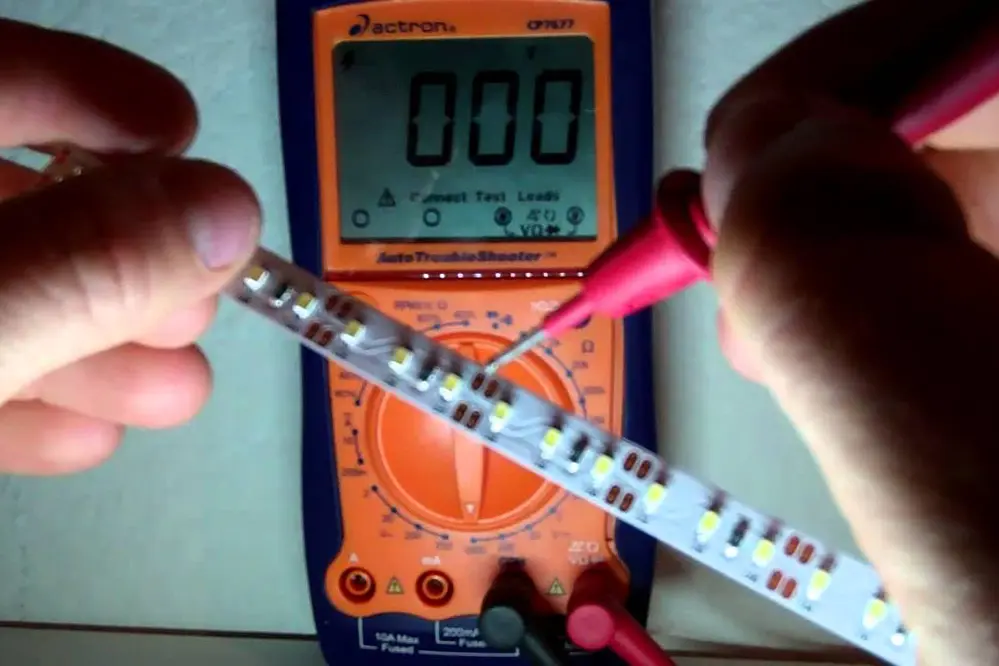
Safety starts with a meticulous visual inspection.
Before powering on LED strips while they are in reels, ensure they are thoroughly inspected. This preliminary check can help you detect any physical inconsistencies or signs of damage that may not be visible at first glance. Loose connections, broken solder joints, or misplaced components can all lead to electrical failures. Paying close attention during this phase not only extends the lifespan of your LED strips but also secures peace of mind. After all, a small investment of time upfront can prevent larger headaches later.
Identifying structural weaknesses early simplifies the process.
The next step is to verify voltage specifications to ensure there is no significant voltage drop over the length of the strip. Each roll contains detailed manufacturing information that can guide you in determining whether the strip is suitable for the intended power supply. Confirming these details ensures electrical harmony and maximizes operating efficiency.
These thorough verification measures not only protect your LED assets but also embolden your creative vision, enabling innovative projects without unnecessary setbacks. Embrace the opportunity to illuminate your surroundings safely and effectively, confident that each step taken adheres to the highest standards. This proactive approach prepares you for a future bright with possibilities.
Safe Power On Techniques
Care must be taken when you power on LED strips while they are in reels, as this can help mitigate overheat accumulation and possible damage to the strips.
Nevertheless, using the right power supply ensures efficient functioning.
It’s essential to implement effective loading techniques by maintaining connectivity standards compatible with LED reel structures. Furthermore, introducing a basic form of thermal management, such as opening the reel for brief intervals, promotes durability and performance.
Precautionary measures, such as avoiding excessive bending or tension while LEDs are still wound, can drastically reduce failure risks. Additionally, carefully testing one strip section before full activation ensures your LED strip’s power supply aligns perfectly with parameters. By prioritizing a methodical and cautious approach, your lighting projects will blaze the path of innovation securely and successfully.
Troubleshooting Common Issues
Despite best efforts, issues can arise when you power on LED strips while they are in reels, but rest assured, solutions are at hand.
Commonly, users experience inconsistent lighting patterns or partial illumination.
This may be due to inadequate power sources, improper connectivity, or the LED strip being wound too tightly, causing stress and potential disconnection of contacts. Correct these by ensuring proper voltage alignment, inspecting the reel for connectivity, and gently unwinding tight sections.
If persistent issues occur, consider contacting professionals or researching common “reel power-on” errors. By doing so, you can explore innovative troubleshooting techniques that not only solve issues but enhance your understanding, leading to more efficient and reliable LED usage. This approach fosters a spirit of learning and adaptability, ensuring future challenges are met with confidence and creativity.
Benefits of Powering LED Strips in Reels
Powering LED strips while they are in reels offers several distinct advantages that enhance efficiency and user experience.
Firstly, by powering the LED strips in a compact reel format during the setup process, you can efficiently verify the brightness and color accuracy, ensuring the configuration aligns with your anticipated design. This proactive step not only saves time but also reduces the potential for post-installation adjustments. It allows for quick identification of defective sections, streamlining maintenance and minimizing downtime.
Moreover, there is a significant advantage in resource management for businesses and hobbyists alike. The reduction of waste is considerable, as powering and testing in reels minimizes the risk of excess cutting or damage from handling before installation. This practice fosters a more sustainable approach, contributing to broader environmental conservation efforts.
Additionally, by harnessing the potential of the reel to manage the length and output of the LED strips, you effectively control the power distribution for your projects, optimizing energy usage and reducing operational costs. Such an approach not only champions economic efficiency but also drives forward-thinking design strategies, cultivating a landscape rich with innovation and technological prowess.
Recommended Accessories for LED Strips
Achieving optimal performance and longevity from your LED strips essentially relies on pairing them with the right accessories, which enhance their functionality, efficiency, and longevity. Ensuring a complementary relationship between devices and lights guarantees a seamless operation.
LED strip connectors are indispensable for joining tape sections without soldering. They facilitate a customizable length, tailored to specific design requirements.
Power adapters appropriate for your LED specifications ensure stable electricity flow. This avoids flickering or premature burnout, protecting your investment.
Dimmer switches are ideal for crafting ambiance and saving energy. They allow a tailored level of light, perfect for different settings.
For smart homes, wireless controllers provide remote and app-based LED management. They bring flexibility and convenience, augmenting the user experience by connecting with existing smart home systems.
Finally, channel diffusers are crucial for even light dispersion. These sleek enclosures not only protect the LED strips from dust and physical damage but also provide a finished and professional look, elevating your installation’s aesthetics.
Advanced Safety Considerations
When you power on LED strips while they are in reels, it is imperative to approach the task with caution. Start by ensuring that all power connections are secure and properly insulated. This minimizes the risk of short circuits, which could otherwise lead to potential hazards.
In recent years, research findings, a critical benchmark for electrical safety innovations, showcased how advancements like circuit breakers and current limiters have revolutionized the protection of LED installations in reels. These innovations serve as preventative measures, shielding the strips from voltage variations. Prioritizing these technologies in your installations not only safeguards your equipment but also enhances the longevity and performance of your LED strips.
Today, it’s not just about making sure every component’s functionality is perfect—it’s also about embracing the spectrum of protective measures that electronics can provide. Proper thermal management, efficient heat dissipation, and adequate ventilation are vital to forestalling the heat build-up within LED strips while they’re in reels. During operation, ensure environmental conditions conducive to your LEDs’ optimal performance.
Furthermore, take heed of each substrate’s limitations—maximizing the voltage limits isn’t the pinnacle of your strategy but rather leveraging the recommended 3,000 milliamps and other electrical standards, which cultivate an uncompromising safe environment. Remember that a holistic approach, encompassing multiple safety strategies, offers the most robust protection against potential risks.
In conclusion, exercising diligent foresight ensures the safety of LED installations. Embrace innovation, adhere to standards, and ensure environmental suitability.
Conclusion
This article explores the critical question of whether it’s safe to power on LED strips while they are in reels, a concern for both DIY enthusiasts and professionals. It highlights the common misconception that LED strips can be powered without issues, which can lead to overheating and damage if not handled properly.
Emphasizing the benefits of correct usage, the article outlines how proper handling can extend the lifespan of LED strips and enhance their brightness and color consistency. It underscores the importance of addressing these concerns to unlock the full potential of LED projects.
Readers will find practical tips and expert advice within the guide, empowering them to handle LED strips with confidence. By following the best practices outlined, they can ensure their lighting projects shine brightly and safely, maximizing both efficiency and safety.

